
Archtops
L-5
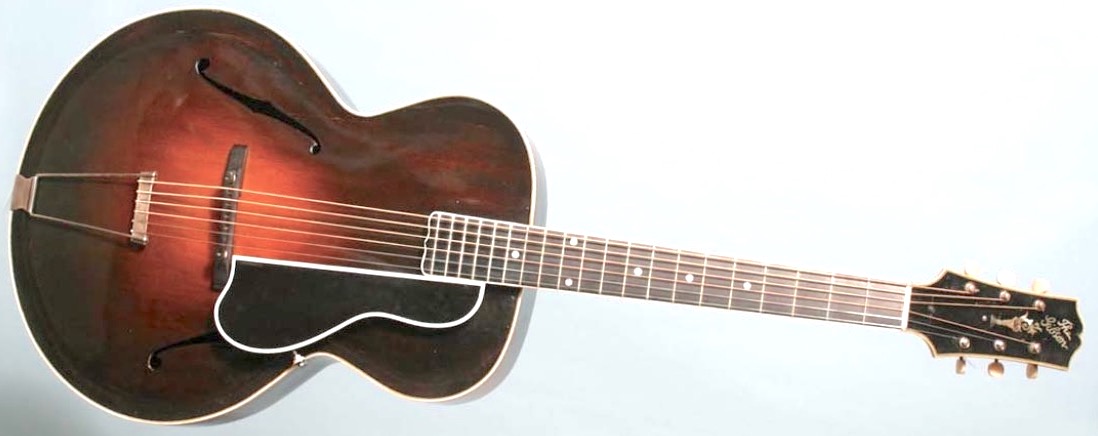
Lloyd Loar was an acoustic engineer and designer who worked for the Gibson Guitar Corporation in Kalamazoo, Michigan. He designed the Gibson L-5, the first F-hole guitar, which began production in 1923 and has been in production since. The L-5 was the first guitar to use design principles taken from the cello family of instruments and represented a complete break from existing guitar design. The L-5 is a hollow-body semi-acoustic guitar originally offered as an acoustic instrument, with electric models not becoming available until the 1940s.
Gibson electric archtops in the 50s and 60s
Some of the most sought after guitars for jazz players and rock pioneers. Gibson had been producing electric archtops since the 1930s, but it was in the post-war era that they reached their peak of innovation and popularity. Some of the models that defined this period were the:
ES-350

It had gold-plated hardware, a single Venetian cutaway, and two or three P-90 pickups. It was favored by jazz legends like Tal Farlow and Barney Kessel, as well as rock icon Chuck Berry.
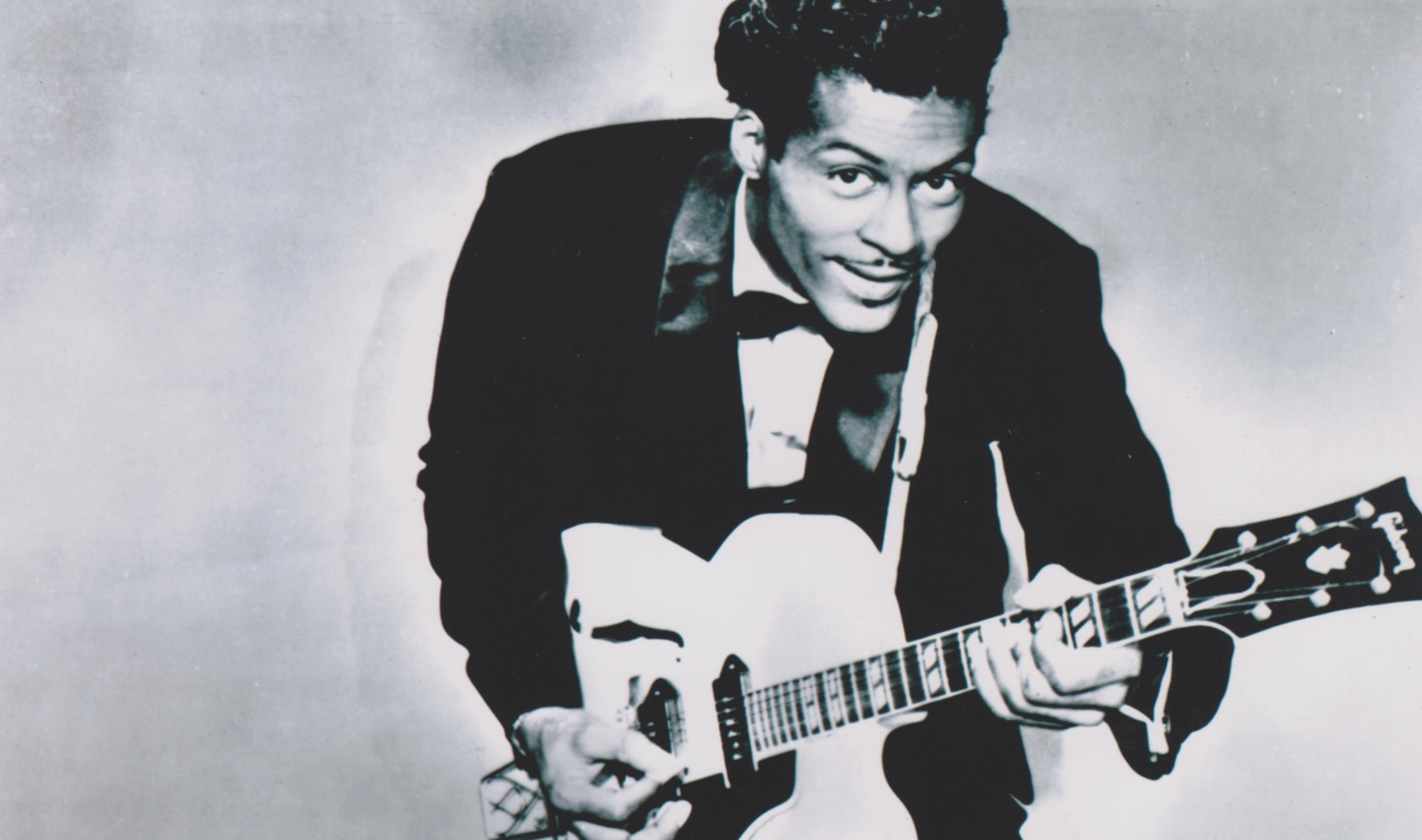
Chuck Berry and 'The ES-350' from 1955.
The ES-350 which was introduced in 1947 as a cutaway version of the:
ES-300

The ES-350, was introduced as the ES-350P and enjoyed its moment in the sun as Gibson’s premier electric archtop until 1949 and the arrival of the:
ES-5

The ES-5 which was released as a triple P-90-loaded version of the L-5. It had a laminated maple body, a solid spruce top, and a single Venetian cutaway. It was one of the first guitars to feature a four-way switch for different pickup combinations.
The L-5 CES and Super 400 CES
Launched in 1951 as electric versions of Gibson's top-of-the-line acoustics. They had solid carved tops and backs, dual P-90 or Alnico V pickups, and luxurious appointments like pearl inlays, multi-ply binding, and gold-plated hardware. They were played by greats like Wes Montgomery, Kenny Burrell, Herb Ellis and Scotty Moore.
L-5 CES

Super 400 CES
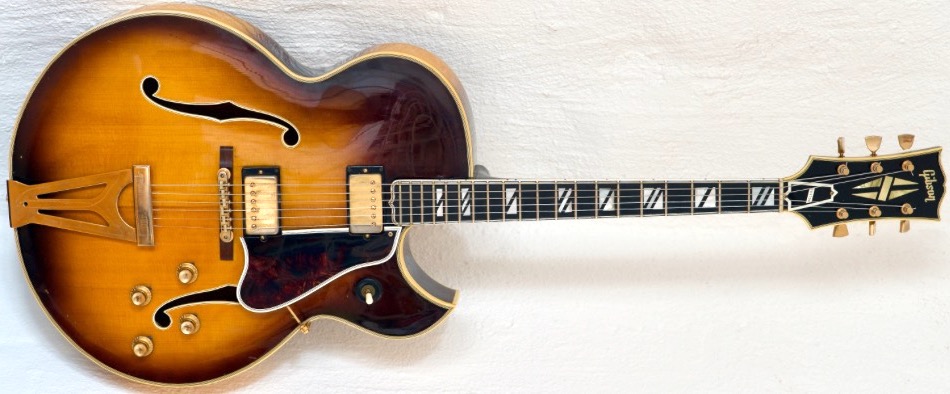
With a design that originated from the 1934 Super 400 acoustic archtop, the Super 400 CES was introduced in tandem with the L-5 CES in 1951 and represented the peak of Gibson’s craftsmanship.
Measuring 18 inches across and decked out with large fancy inlays, multiple-ply binding and gold-plated hardware from top to bottom, this model was the largest of Gibson’s archtops. It was available in either Sunburst or Natural. Natural with an ‘N’ suffix (Super 400 CESN).
With its carved spruce top and solid maple back and sides, the Super 400 CES was similar in construction to the L-5 CES and these two leading electrics followed the same pickup changes – moving from P-90s to Alnico units in late 1953, followed by PAFs in 1958. In 1960 the cutaway was changed to a Florentine design, before reverting to the original Venetian in 1969.
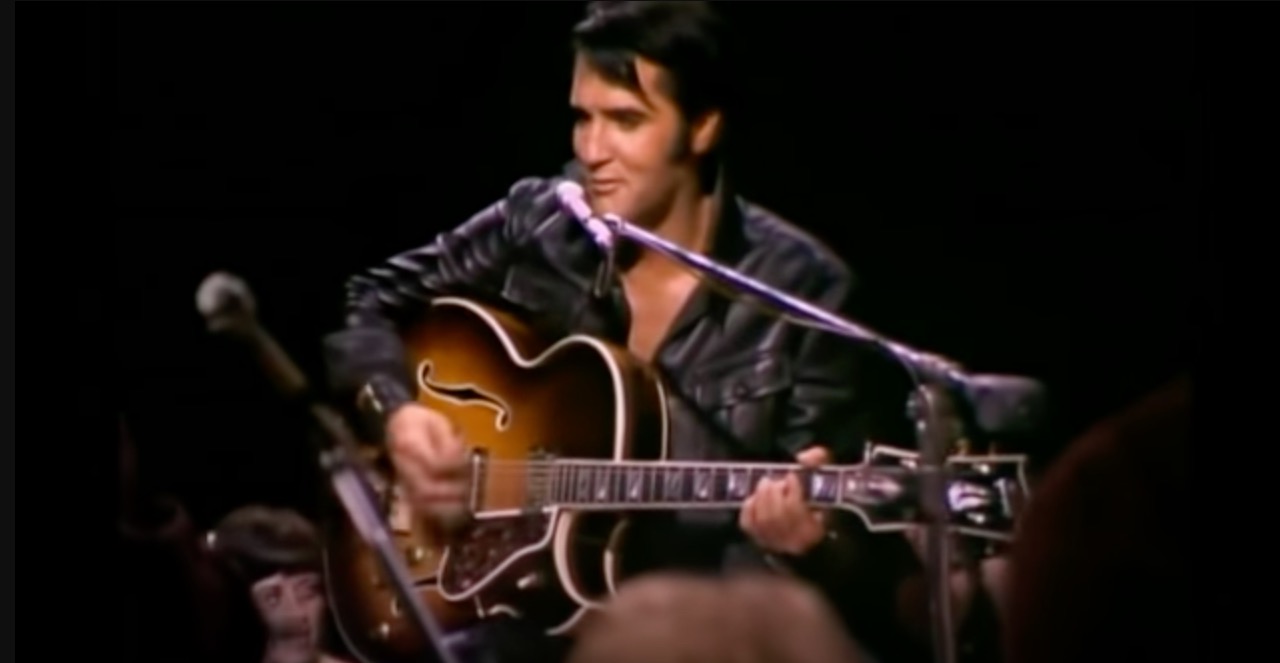
Elvis '68 Comeback Special, with Scotty Moores S-400 from 1963.
The Byrdland
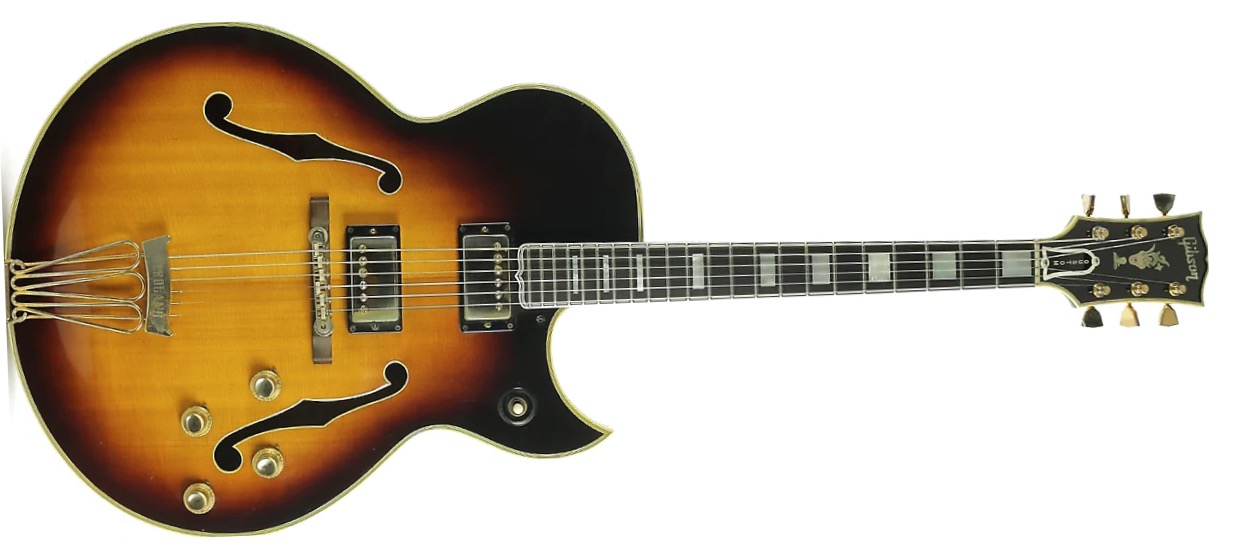
The Byrdland is a guitar model designed by Gibson with Billy Byrd and Hank Garland. It is similar to the L-5CES but with a thinner body and shorter scale, graced with PAF humbuckers at the end of 1957 (replaced by Patent number humbuckers in 1962). The Byrdland is the first of Gibson’s Thinline series. With its solid/carved spruce top and fancy appointments, the Byrdland was the more upmarket model in Sunburst and Natural. Four prototype instruments were built and registered in April 1955 as ‘L5-CES spec. thin model.
Gibson electric arch tops in the 50s and 60s represented the pinnacle of craftsmanship, tone, and style. They are still highly coveted by collectors and players today, and have influenced generations of guitarists across genres.
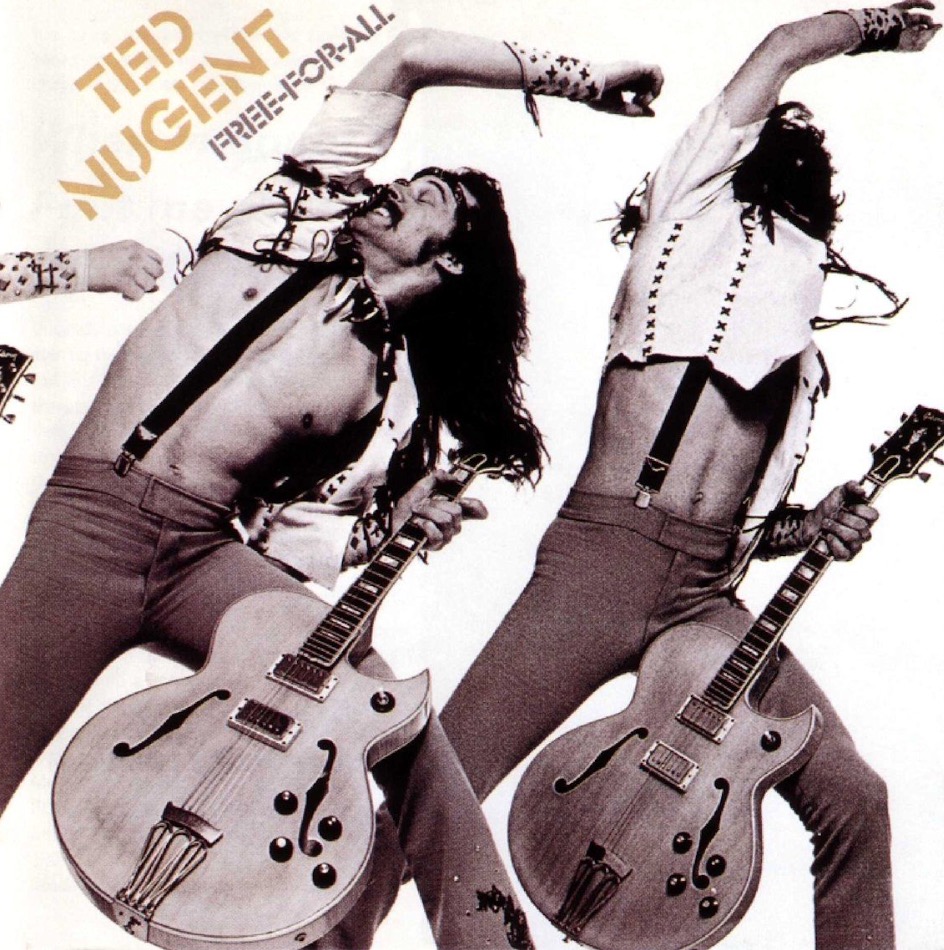
Ted Nugent's 'Free for All' cover, Byrdland from 1962.
Cheat Sheet/Quick Reference
Flower pot and Blocks => L4/L-5 CES and Thin Byrdland.
Squashed Frog and Paralellograms => ES-175/295/300/350. (L-7).
Squashed Frog and Blocks => ES-5 Switchmaster.
Diamond and Split-block inlays => S-400.
//

